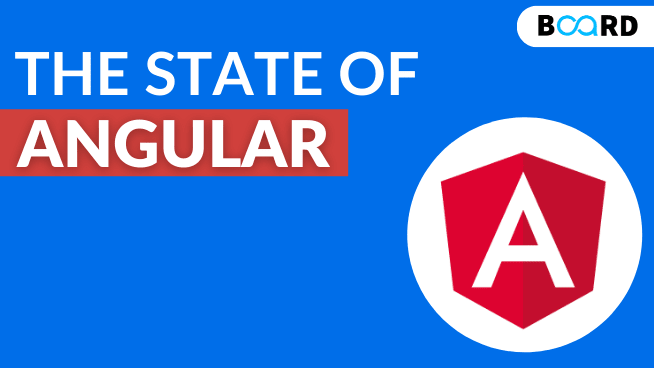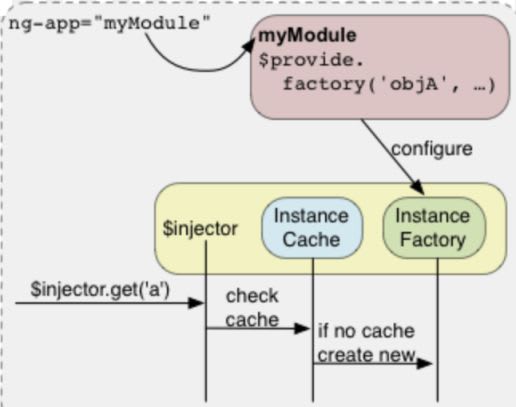Mastering Front-End Development: Trends, Tools, and Techniques
The State of Angular in 2022 – Relevance vs. Legacy status

Angular is not the same as AngularJS is the introductory point of clarification as many designers tend to use both these technologies interchangeably – however, Angular is a more improvised form of AngularJS designed by the same creators. Both of these technologies are predominantly used for front end applications hosted on the web. The key points of difference are mentioned below for reference –
a) Angular designed on TypeScript; whereas AngularJS is built using JavaScript
b) Angular uses ‘component’ architecture whereas AngularJS uses the ‘controller’ structure
c) Utility features such as modularity, dynamic loading, reactive programming etc. have been included in Angular
1. Angular facing intense competition in the ‘JavaScript Rivalry’
The market & business potential of front-end market has grown significantly in the early twenty first century when the idea of having an interactive front-end was only an after-thought. Since then, the emergence of front-end development & supporting libraries has increased to an extent that now a day there’s new libraries designed & developed every half year or so. The year 2016 marked the shift from AngularJS to Angular – well accepted across communities.
However, as per the current trends; both Angular and AngularJS are far behind React in terms of the developer base interested in using the framework. The ‘state of JavaScript’ figures also portray a gloomy picture of Angular 1 & 2 with more than 10,000 developers expressing disinterest in using the Angular framework and features for front end development.
2. Angular 7 – Recipe of the Future
While it is a fact that Angular has faced stiff competition from contemporaries; still the framework has been envisioned by Google to be flexible enough to accommodate future disruptions and amendments in the field of web development. In order to do so, and to ensure better connectivity with the developer base; Angular 7 was launched with certain state of art technologies – thereby providing a stark difference from the features of the previous versions.
Dependency Injection
Dependency Injection is one of the key elements introduced in Angular7 – predominantly used for data assembly services in addition to a HTML template for designing front-end components.

The feature of injection leads to low dependency on a particular component; thereby leading to more readable, manageable and testable codes. In addition, a few of the other features which has been introduced in Angular 7 are enumerated below –
a) Support content projection
b) Auto-update to ‘Reflect metadata polyfill’ enabled for better performance
3. MVC/MVVM Architecture & the bi-directional Data binding Feature
Angular provides a reliable framework for developers to design single-page applications; which was quite a challenge in yesteryears. In addition, the MVC (Model-View-Controller) and the MVVM (Model-View-View-Model) architectural frameworks has eased up the development process of complex applications; and made them more manageable & testable.
In addition to that, Angular brings in a unique feature for the developers which other front-end contemporaries haven’t been able to cater – bi-directional binding feature. In this feature, a dedicated connection is established between the model and the view; thereby ensuring complete synchronization between the two entities. Therefore, in the application design, whenever there is any change in the model; the view automatically gets updated (without the requirement of writing any logic for the same). This drastically reduces development time; and also foster multi-tasking. However, the flexibility & agility of Angular, at times, could become a pain for developers as they come up with upgraded versions every half-year without having the backward compatibility feature with any legacy versions.
4. Conclusion
Finally, considering a panoramic view of Angular, though it faces intense competition from React, still the framework has the requisite raw materials to cause a disruption in the space of web development. The alignment of this framework with the MVC architecture (which is the fundamental concept of web development); and the high degree of flexibility and agility in its features & development makes it a recipe for the future; and the preferred choice for developers.
